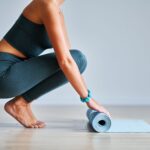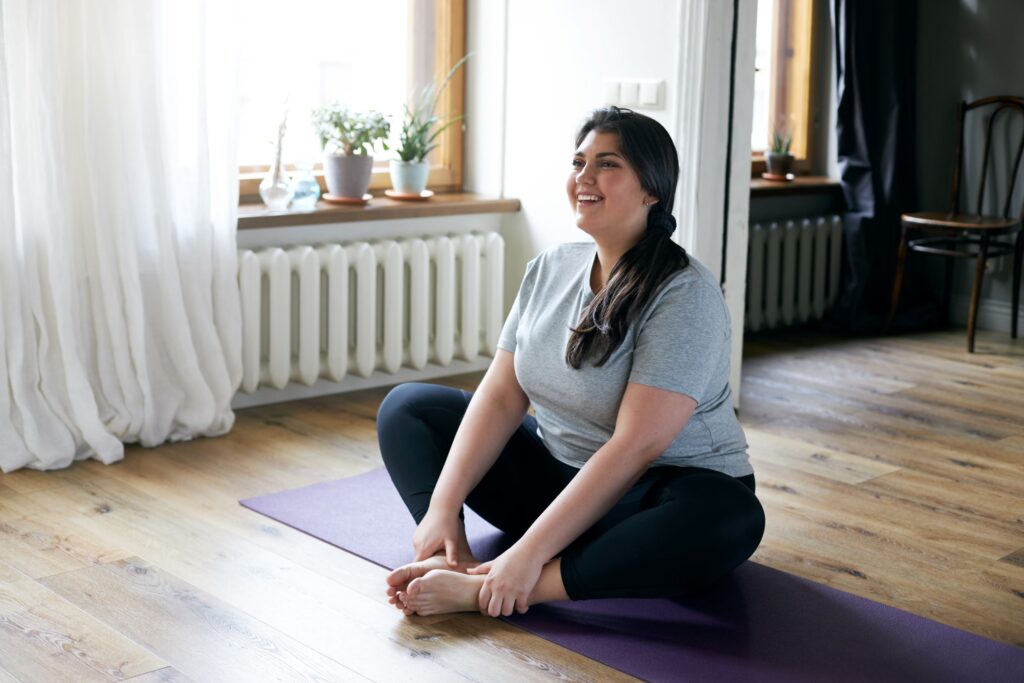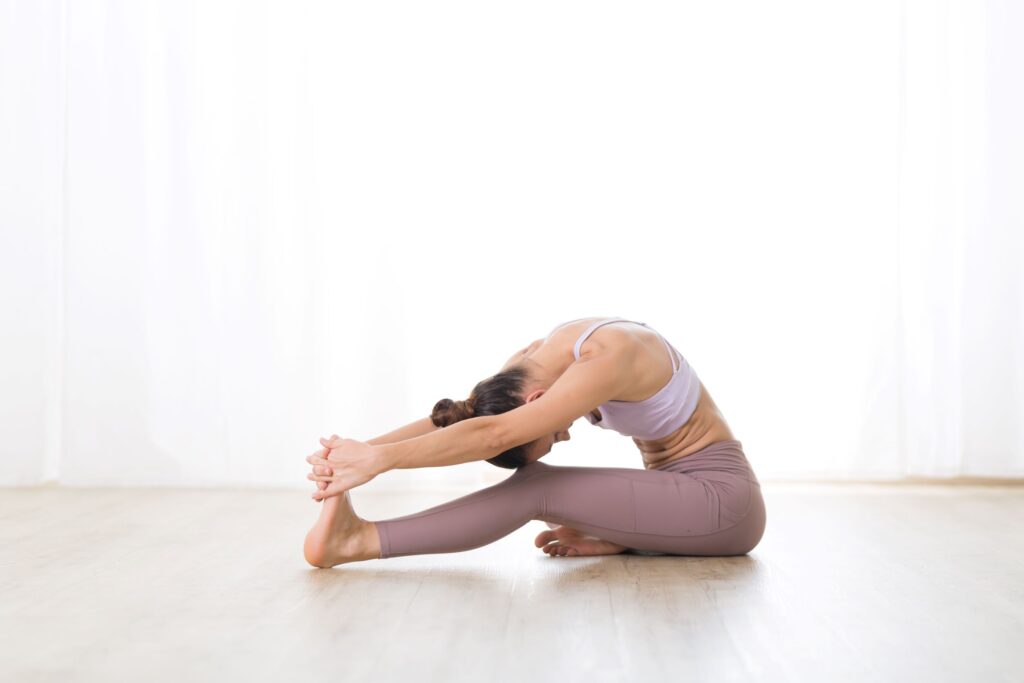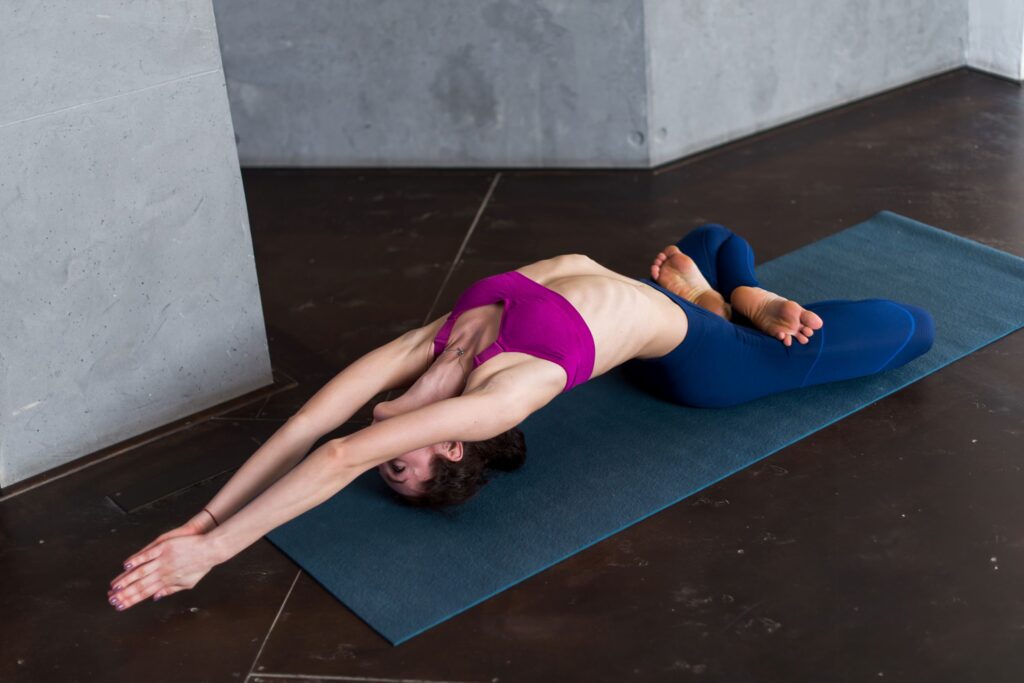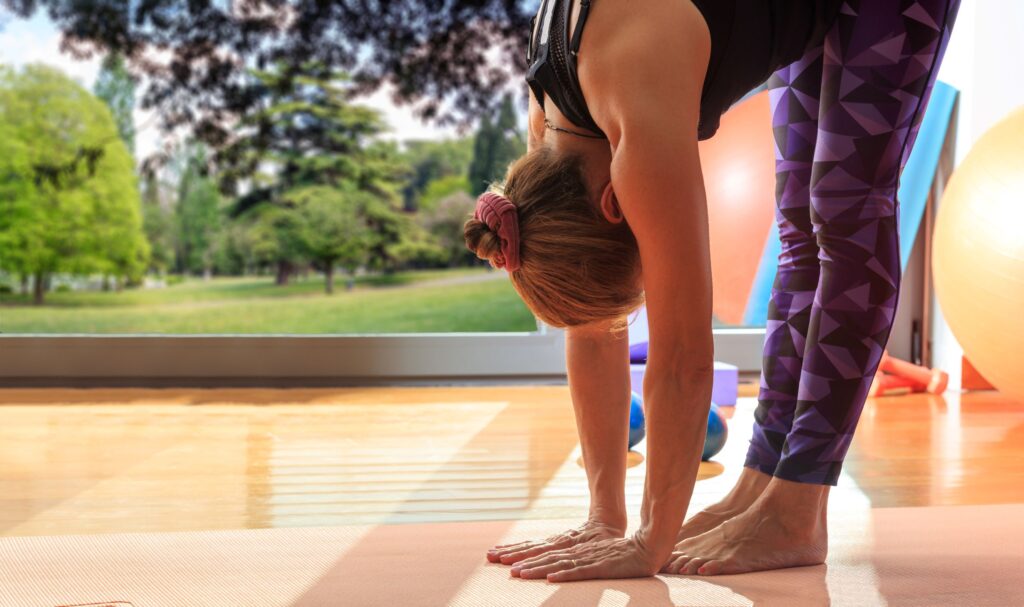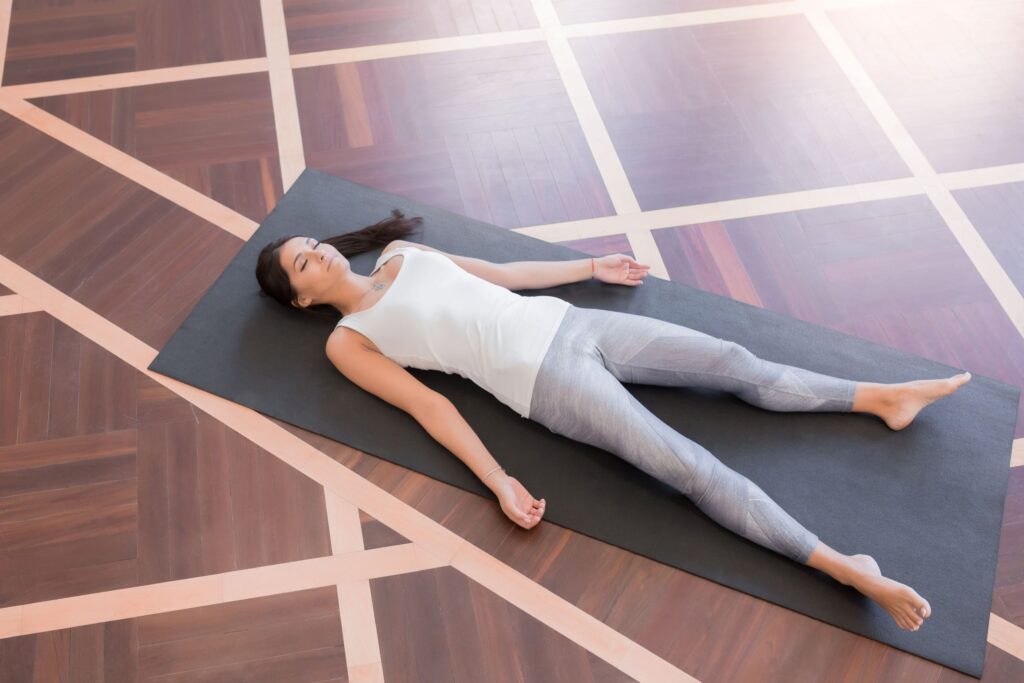The Mind, Body Connection: 9 Yoga Poses for Anxiety
At some point, everyone experiences feelings of anxiety. From mild nerves to sheer panic attacks, anxiety is a natural response to stressful situations and one that can help us react appropriately when we are in danger. But for those living with an anxiety disorder, feelings of fear or worry aren’t a rational response to external circumstances – they are a disruptive and dominating influence.
In recent years, increasing numbers of studies have emerged suggesting that practising yoga is an effective adjunct therapy for people experiencing anxiety disorders. Yoga therapy can improve symptoms of generalised anxiety disorder. This is a condition that is characterised by chronic nervousness and worry.
Restorative yoga combines exercise with meditative movements and several deep breaths. That makes it a great way to reduce anxiety, stress, and depression symptoms. The benefits of yoga for your physical and mental health are amazing for everyone.
Why it’s beneficial
Many people turn to yoga when feelings of anxiety start to creep in or during times of stress as the main stress relief. You may find that focusing on both your breath and your ability to be present in each pose can help quiet negative mental chatter and boost your overall mood.
It’s all about meeting yourself where you are. Practising one or two postures for just a few minutes a day can have a major impact if you’re open to regular yoga practice.
To get the most out of your session, take note of the sensations that move throughout your body and the nervous system as you come into each relaxing pose. Allow yourself to feel and experience whatever emotions arise.
If you feel your thoughts start to scatter, gently bring your mind back to the yoga mat and continue your practice.
Best Yoga poses that can help in curbing anxiety
Yoga poses are usually arranged in an order that flows from pose to pose. It’s really about what feels best for you.
After some trial and error, you’ll find poses and sequences that you enjoy more than others. Experiment and keep an open mind as you breathe your way through your next yoga class.
Following are a few yoga poses that you can do regularly to curb stress and anxiety:
1. Corpse Pose
This is a perfect pose to start your yoga session with. It helps calm your mind and body and prepares you for the rest of your routine.
Lie on your back with arms at your side and palms facing up. Close your eyes and breathe deeply as you become aware of any tension in your body. Stay in this pose for five minutes or even longer if you have time.
2. Child’s Pose
This pose allows you to relax deeply, which can help reduce anxiety symptoms like a racing heart, shallow breathing, and tightness in the chest that can come from stress and anxiety attacks.
Kneel on the floor with hands placed flat on the floor beside the hips, forehead resting on the ground between hands, knees bent below hips, heels together, toes apart (or touching) behind knees.
3. Butterfly Pose
The butterfly pose is great for stretching your inner thighs and groin, which is especially helpful if they tend to get tight due to stress response or anxiety symptoms.
This is a simple and basic yoga posture that can stretch your inner thighs and groin. Perform the asana while keeping your spine erect and it can help in releasing tension and can have a calming effect on your body.
4. Seated Forward Fold
The seated forward fold is one of the best yoga poses for stretching out the muscles in your upper body, which is especially helpful if they tend to get tight due to stress or anxiety symptoms like headaches.
Sit up tall with legs extended in front of you and toes pointed toward the ceiling. Reach arms overhead and interlace fingers; then slowly fold forward over legs as far as you can go without rounding spine and keeping neck relaxed (don’t push yourself too hard). Breathe deeply for 5-10 breaths or longer if desired; then slowly roll up one vertebra at a time until fully upright again.
5. Head-to-Knee Pose
The head-to-knee pose is great for stretching out the muscles in your upper body and lower back, which can be especially helpful if they tend to get tight due to stress or anxiety symptoms like a stiff neck or sore back.
Sit on the edge of a cushion or folded blanket with your left leg extended. Press the sole of your right foot into your left thigh. You can place a cushion or block under either knee for support. Inhale as you extend your arms overhead. Exhale as you hinge at the hips, lengthening your spine to fold forward.
Rest your hands anywhere on your body or on the floor. Hold this pose for up to 5 minutes. Then repeat on the opposite side.
6. Bridge Pose
Just like the camel pose, even the bridge pose or setu bandhasana can improve blood circulation in the body. It opens up the front of the spine and heart, which further helps in calming the mind and reducing stress.
7. Fish Pose
The fish pose is great for stretching out your spine—which can help alleviate symptoms of anxiety, like trouble sleeping or a stiff neck from staring at screens all day long—and also strengthens core muscles that can sometimes tense up due to stress or anxiety symptoms like diarrhoea, constipation, or acid reflux.
Sit with your legs stretched out in front of you. Place your hands underneath your buttocks with your palms facing down. Squeeze your elbows together and expand your chest. Then lean back onto your forearms and elbows, pressing into your arms to stay lifted in your chest.
If it’s comfortable, you may let your head hang back toward the floor or rest it on a block or cushion. Hold this pose for up to one minute.
8. Standing Forward Fold
The standing forward fold is an easy pose that can be done almost anywhere since it requires no equipment and very little space. It is especially beneficial for reducing stress levels in addition to symptoms of anxiety, like trouble sleeping or difficulty focusing during the day due to racing thoughts.
Sit with your legs stretched out in front of you. Place your hands underneath your buttocks with your palms facing down. Squeeze your elbows together and expand your chest. Then lean back onto your forearms and elbows, pressing into your arms to stay lifted in your chest.
If it’s comfortable, you may let your head hang back toward the floor or rest it on a block or cushion. Hold this pose for up to one minute.
9. Relaxation Pose
The relaxation pose is a great way to end your yoga practice by encouraging deep breathing and relaxing the mind and body, which can help reduce stress levels in addition to symptoms of anxiety, like trouble sleeping or difficulty focusing during the day due to racing thoughts.
Lie down on your back with knees bent and feet hip-width apart (as shown). Place arms by sides with palms facing up. Inhale as you lift your hips up off the floor so that only your shoulders, upper back, and head are touching the floor. Exhale as you roll shoulders down away from your ears and press them firmly into the ground; then lift your chest, neck, and head up toward the ceiling until you feel a good stretch in your lower back. Breathe deeply for 5-10 breaths or longer if desired.




